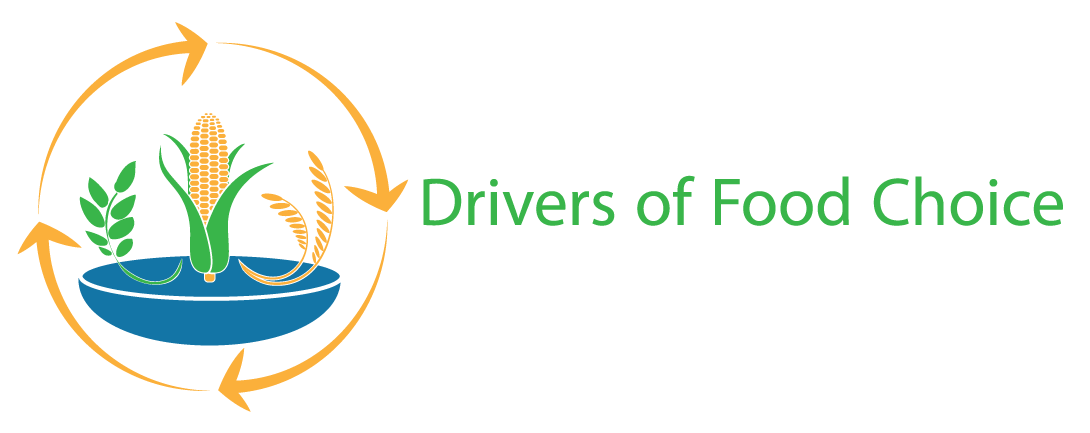Food Environment and Food System Drivers
Drivers within food environments and food systems include the processes, factors, or conditions that shape what, when, where, how, why, and to whom foods are available, accessible, affordable, and acceptable. Investigating the drivers within food environments and food systems enables a holistic understanding of the processes that link an individual to their food environment through the food choices they ultimately make. Examples of food environment and food system drivers:
- Food behaviors and choices such as snacking or the consumption of processed and ready-to-eat items in specific contexts, e.g., rapidly urbanizing areas, fragile or post-conflict settings, and impermanent or informal settlements
- Factors that drive changes in food choice behaviors and increased consumption of industrially or locally processed foods in LMIC, particularly among primary food providers, women, and children
- The impact of different food packaging or food labels on the food choices of individuals with particular emphasis on primary food providers, women, and children
- The impact of changes in markets on food choices of individuals and households, including focus on what happens to markets as incomes grow and demand increases in rural areas
- The impact of food systems changes on food choice among households and individuals, particularly primary food providers, women, and children
- The causal paths and/or the impact of fiscal and monetary policy instruments on food choice at the household and individual levels and with attention to women and children
- The influence of value chain modifications on food choice behaviors, particularly primary food providers, women, and children
- How food choices are affected by prices, including exploration of what food purchases are affected and how they substitute between foods
